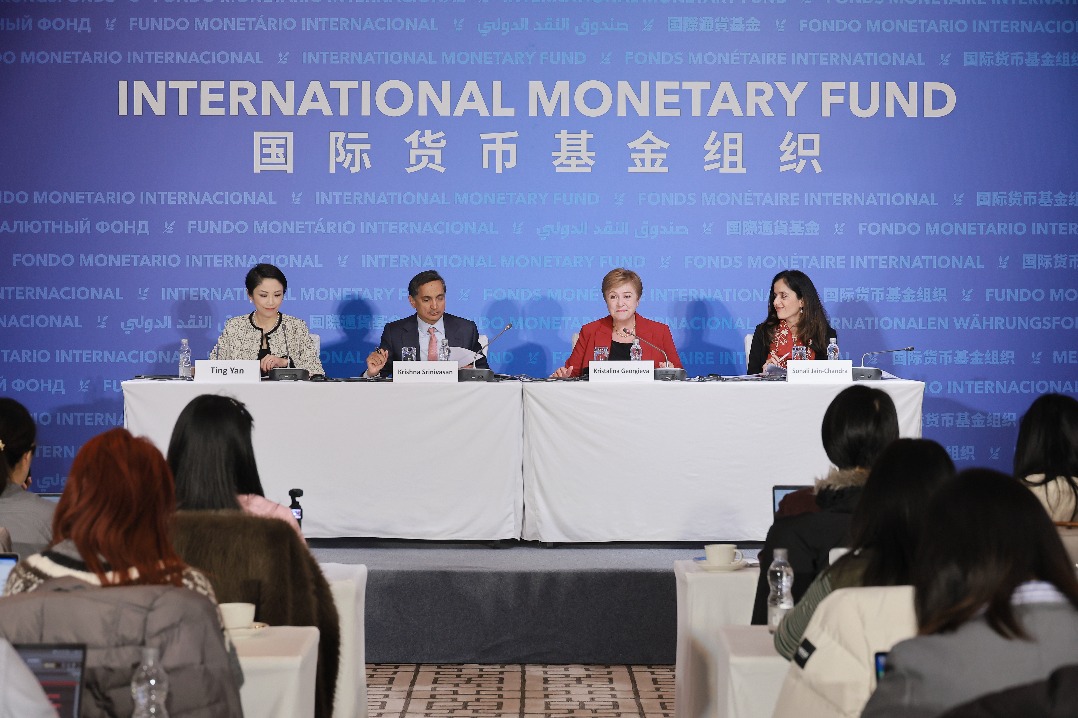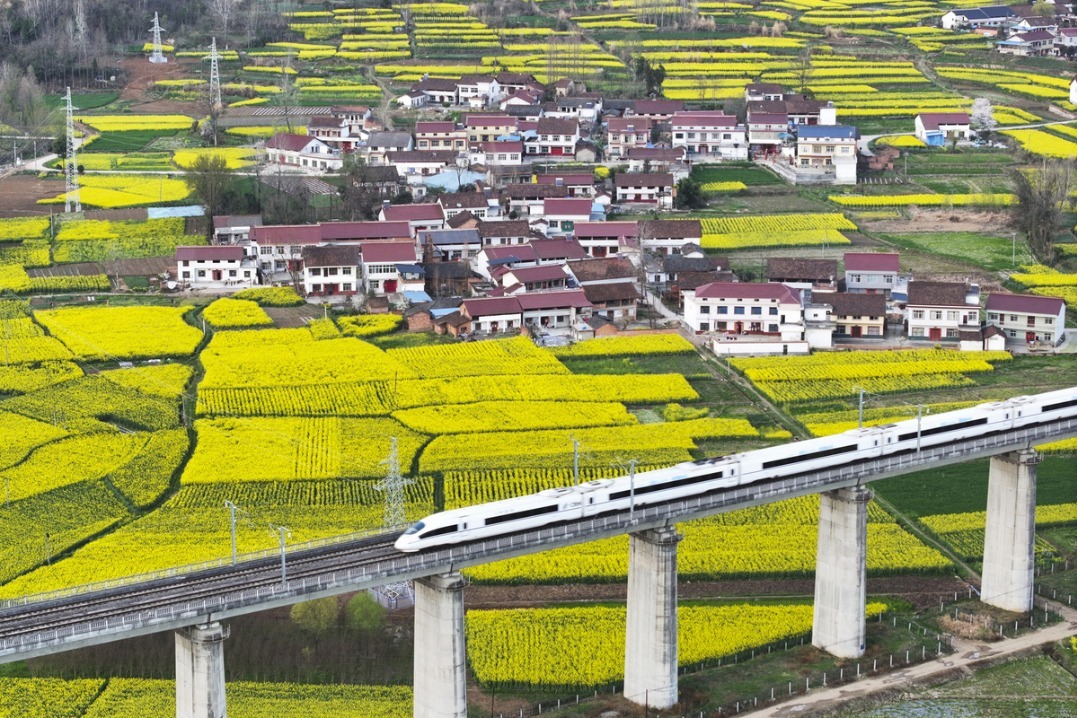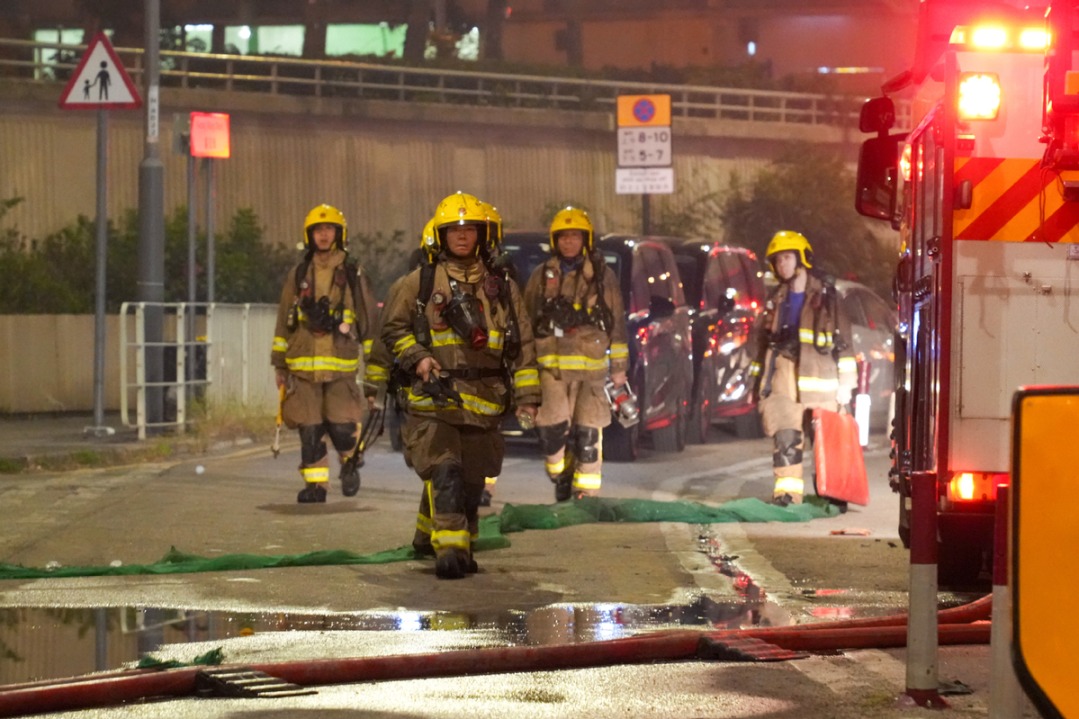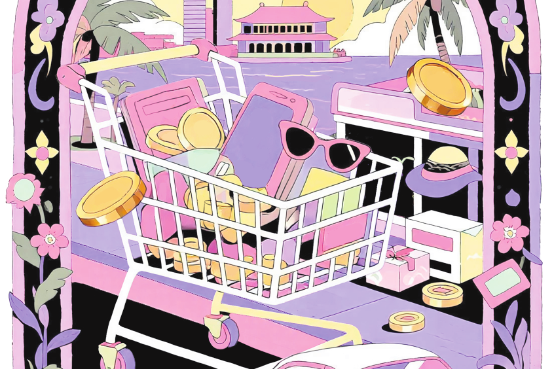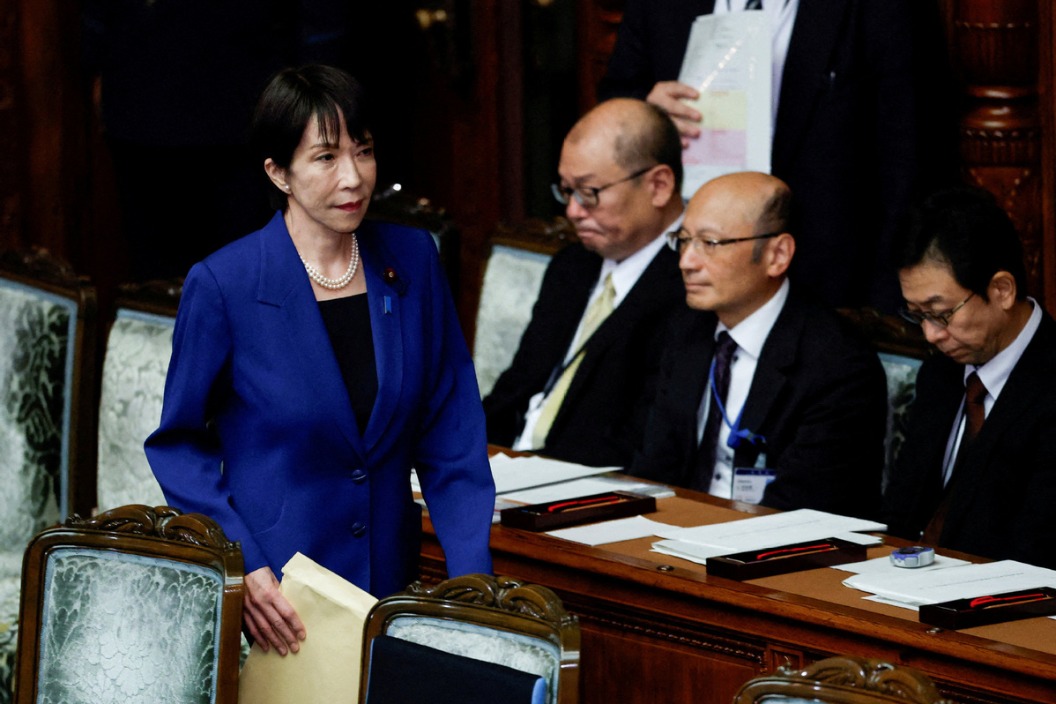Local competition drives rural vitalization



Rural vitalization is one of the key strategic imperatives of China's development paradigm. After eradicating absolute poverty, the country has shifted its focus to the implementation of the rural vitalization strategy. However, this is not merely an economic issue; it is a complex interplay of political and economic factors. The task therefore is to expedite this process through political-economic interaction.
At the heart of China's rural development lies a sophisticated mechanism of political-economic interaction. This dynamic, which I refer to as the "government plus market" model, is crucial to the development of county-level economies and the broader rural vitalization efforts. Local governments and market entities in a specific region maintain a frequently competitive relationship with their counterparts in other areas, spurring one another to propel growth.
Local governments' competition is based on critical metrics such as GDP, tax revenue and foreign investment, while businesses engage in market competition. These dual forces are intricately intertwined, propelling the local economies forward and, in turn, contribute to rural vitalization.
County governments play a pivotal role in this mechanism. Acting as a bridge between national policies and local realities, county-level governments are key to translating top-down policies into actionable strategies. In recent years, the central government has laid greater emphasis on ensuring that local officials play a hands-on role in driving rural development.
Through a multilevel system, local governments are now directly responsible for implementing policies tailored to meet the economic needs of their areas. By assigning specific duties and targets to local officials, the central government ensures that rural vitalization efforts are not just abstract plans but concrete actions that align with market demands. This shift has been instrumental in turning policies into real economic opportunities, boosting local industries and improving the livelihoods of farmers and entrepreneurs alike.
A key driver of rural vitalization has been the development of specialized local industries. Apt examples of this are the crayfish industry in Qianjiang city, Hubei province, and the apple industry in Luochuan, Shaanxi province. These industries owe their success to the guidance, coordination and empowerment provided by local governments.
Besides, the performance of local industries directly affects the career development of local officials. As such, there is a strong incentive for governments to support these industries. In turn, these local industries contribute significantly to both economic growth and rural vitalization.
The local snacks industry in Shaxian county, Fujian province, is another example of how government support can help vitalize a traditional sector. The Shaxian snacks industry has become a symbol of local economic success, transforming into a national brand while providing substantial employment opportunities. Its success highlights the effectiveness of the political-economic model, which ensures local government support, coupled with market forces, fosters sustainable growth and creates national recognition.
Moreover, rural e-commerce has emerged as a powerful force driving rural vitalization. Once a distant possibility, it has now become a key component of China's rural economy. Thanks to the rise of online platforms, mobile payments, and advanced logistics, rural areas that were once isolated have been able to connect with global markets. This transformation has been made possible by not just technology but also the efforts of local government officials who acted as intermediaries, bridging the gap between government policy and market opportunities.
In this process, three key trends have emerged. First, e-commerce platforms help match supply with demand, offering farmers the opportunity to engage in customized production. Second, grassroots entrepreneurs benefit from a relatively low entry threshold thanks to the support of e-commerce platforms. And third, local governments provide crucial support in the form of funding, land and talents to fuel the growth of rural e-commerce.
These developments highlight an important fact — that industrial revitalization is at the core of rural vitalization, and the key to success lies in fostering robust collaboration between governments and business.
A further evolution of this model can be seen in the "company-farmer "approach, which has proven effective in many rural areas. This model encourages collaboration between businesses and farmers, providing farmers with access to new technologies and financial resources, and helping businesses secure a steady supply of raw materials.
In some areas, this model has expanded to include local governments and village collectives, creating a more comprehensive "government-enterprise-village "model. This approach strengthens the collective economy, increases farmers' income, and promotes long-term, sustainable growth of rural communities.
One of the most notable developments in rural vitalization has been the emergence of "rural CEOs". These individuals, often returnees from urban areas or veterans, are taking on the responsibility of leading rural economic and social development. By combining rural governance with business management, the rural CEOs are navigating the complexities of the "government plus market" dynamics, helping transform rural vitalization from a political directive to a tangible reality.
To attract and retain these talented individuals, local governments need to offer targeted support and create an enabling environment for their success.
Rural vitalization is a complex, multifaceted endeavor that requires the coordination of government policies, market forces, and talents. By using the political-economic interaction model and industry innovation, and cultivating talents, China is setting the stage for sustainable rural development. While the road ahead may be challenging, the vision of a prosperous future for China's rural areas is gradually becoming a reality.
And by ensuring the government and the market work in harmony, rural vitalization will continue to be a driving force behind China's overall socioeconomic development, helping to realize the goal of shared prosperity.
The author is a professor at Guanghua School of Management, Peking University and a member of the 14th National Committee of the Chinese People's Political Consultative Conference. The views don't necessarily reflect those of China Daily.
If you have a specific expertise, or would like to share your thought about our stories, then send us your writings at opinion@chinadaily.com.cn, and comment@chinadaily.com.cn.




















